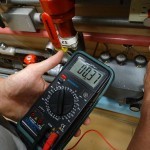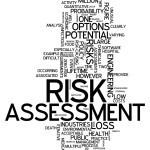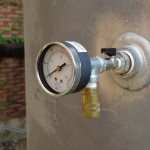A Hyperbaric Safety Program Is a High-Priority Best Practice
A properly organized and functioning safety program is the core of patient and staff confidence, of reduced injuries, and of reduced liability for the HBO staff and for the hosting hospital. This takes education, training, and time to develop. This is an essential requirement of the National Fire Protection Association (NFPA 99) and of the UHMS Accreditation program.
Essential Elements of a Safety Program
- CHAMBER CONTENTS CONTROL – An evaluation process for what is allowed or not allowed inside the chamber. A formal list documenting these items and how this decision was made also needs to be kept on file.
- PREVENTATIVE MAINTENANCE – Preventative maintenance, service and repairs for the chamber and supporting equipment. Records need to be kept of service, repairs, and events relating to this equipment.
- AIR QUALITY MONITORING – Compressed air quality monitoring and analysis need to be documented.
- MEDICAL GAS QUALITY MONITORING – Documentation of medical gas purity levels and annual inspection reports should be kept on file.
- CHAMBER TESTING – Chamber testing and systems testing results need to be documented and kept on file.
- STAFF EDUCATION AND TRAINING – A staff education and training program should include competency validations, practice drills, and continuing education requirements. Documentation of satisfactory performance and timely completion of these requirements should be maintained.
- QUALITY IMPROVEMENT – A quality improvement program should include processes for discussion and analysis of events, development of appropriate filters, and documentation of performance of the process.
- POLICIES AND PROCEDURES STANDARDIZATION – Policies and procedures need to be true to your actual practice. This is not only for safety but also for liability protection.






